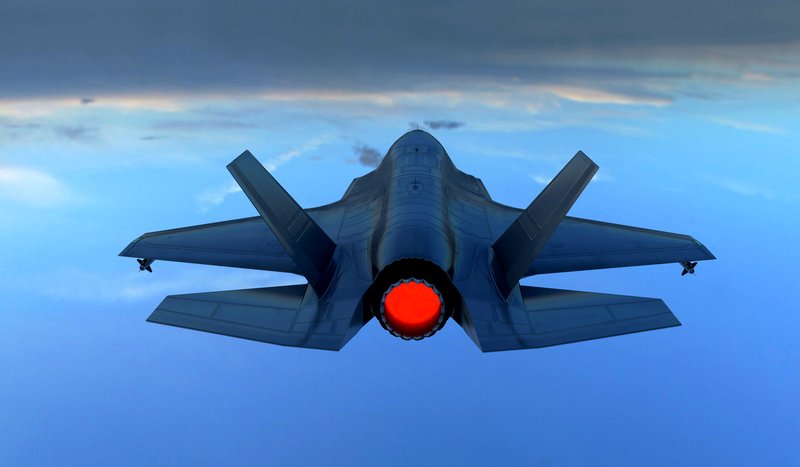
The Evolution of the Tailoring Process in MIL-STD-810
MIL-STD-810 Environmental Engineering Considerations and Laboratory Tests is a standard for environmental developmental test and evaluation. Its purpose is to provide guidance for the development of analysis and test criteria to evaluate materiel, identify deficiencies and defects, and demonstrate compliance. The tailoring process develops valid test criteria for evaluation of materiel in MIL-STD-810.
In its early revisions, it was a set of test procedures and parameters. It provided defined procedures for testing the effects of environmental stresses. Revision A had one sentence about tailoring. “When it is known that the equipment will encounter conditions more severe or less severe than the environmental levels stated herein, the test may be modified by the detail specification.”
What is Tailoring
The concept of tailoring has evolved in MIL-STD-810. The tailoring process provides input for evaluation based on the life cycle environmental conditions of the specific materiel. Because of the environmental stresses it will encounter, the life cycle of materiel intended for use on the inside of a ground vehicle will be very different life cycle than those on the outside of an aircraft.
It is therefore, the responsibility of the designer of the equipment to assess which environmental effects require testing and what the specific parameters of those tests should be.
MIL-STD-810 provides specific guidance for this assessment by creating a tailoring process. Tailoring is a management process that uses engineering common sense. Moreover, it involves systematically considering all environmental factors on a system throughout its service life to ensure a proper degree of design and test.
Six tasks are contained in the MIL-STD-810 tailoring process:
- Define specific managerial roles
- Profile the life cycle of the product from transport from manufacture facility to end of life
- Document operational environmental information
- Document specific environmental criteria
- Develop Test Plans
- Create Test Reports
MIL-STD-810 also provides guidance for the tailoring process in Part 3 World Climatic Regions. This section provides valuable data to assist in the selection of appropriate test methods and the tailoring of parameters for those methods. These parameters include temperature, humidity, solar irradiance, vibration profiles as well as severities and durations.
Using the Tailoring Process
It is important to profile the life cycle of the product early in product development. The Life Cycle Environmental Profile (LCEP) maps environmental stresses encountered in all phases of the product. This includes logistical transport, storage, tactical transport, and operational. This allows identification of the most critical environmental factors for product specification and evaluation.
These environmental factors serve as input in the tailoring process to select appropriate laboratory test methods, parameters, and procedures of test in MIL-STD-810. Other inputs include specifications from procurement agencies and available measured data.
MIL-STD-810 Training
We offer MIL-STD-810 Training designed for Program Managers, Project Leads, Test Engineers, Design Engineers, and Qualification Test Procedure/Plan Writers. It is also applicable for Test Laboratory Personnel responsible for generating quotes for customers. It covers all of the Dynamic and Climatic tests described in MIL-STD-810.
This class places emphasis on the processes necessary to develop a comprehensive test program. This includes development of a Life Cycle Environmental Profile (LCEP). An LCEP is an analysis of the environmental stresses likely to be encountered during the entire life of a product, from manufacturing to end of life. These stresses include those found in logistical, tactical, and operational phases.
The LCEP serves as an input for a Environmental Issues/Criteria List (EICL) which is a collection of justified environmental parameters for design and product test.
CVG Strategy Test and Evaluation Experts
CVG Strategy has expertise and experience in using the tailoring process in MIL-STD-810 to assist in the creation of effective product evaluation programs. Furthermore, our test and evaluation team can manage evaluation programs, write test plans, witness testing, and create test report summaries. We have decades of experience in environmental and EMI/EMC testing in both commercial and military applications.
CVG Strategy is a consultancy offering coaching, mentoring, training and program development focused on areas including Business Process Improvement, ITAR and Export Compliance, Cyber Security and Quality Management Systems.


